One of the most annoying home issues is a washing machine that won’t drain. Nobody wants to deal with piles of wet clothes, standing water in the drum, and the uncertainty of whether it’s a minor problem or a major breakdown. Fortunately, not all drainage issues necessitate a costly repair visit.
We’ll go over the typical causes of your washing machine’s non-draining, how to troubleshoot it at home, and some easy fixes you can try before contacting a technician in this comprehensive guide. This article covers both front-load and top-load washers and is specifically designed for American homes.
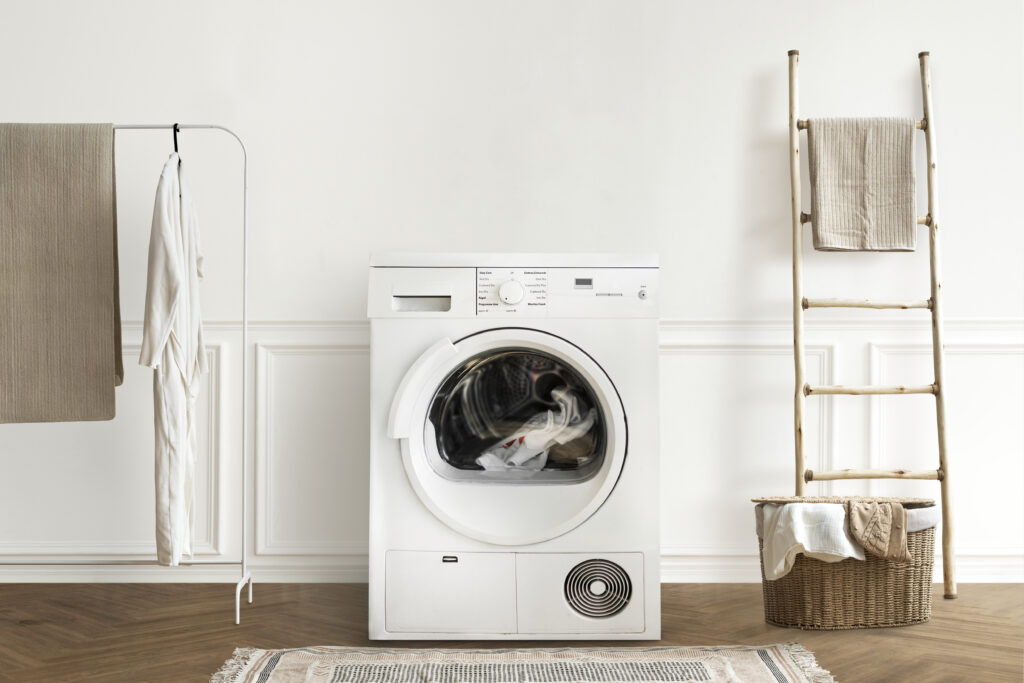
Typical Causes of Washing Machine Drain Issues
Understanding the potential cause of the issue is beneficial before attempting to resolve it. The following are the most frequent causes of a washer that refuses to drain:
1.Blocked or clogged drain hose
One of the most common reasons a washer won’t drain is a kinked or clogged drain hose. The hose may become clogged with debris, lint, or small clothing items, preventing water from flowing out of the drum.
2.Drain Pump Filter Blocked
Debris is captured by a tiny drain pump filter found in many washing machines, particularly front-loading models. Coins, hairpins, lint, and other tiny objects can eventually obstruct this filter.
3.A malfunctioning drain pump
Water is actively forced into the drain pipe from the washer by the drain pump. Water won’t drain correctly if it’s damaged, clogged, or has an impeller jam.
4.Clogged Washing Machine Drain
Sometimes the plumbing in the house is the problem, not the washer. Water draining may be halted by a clogged standpipe or drain pipe attached to the washer.
5.The wrong location of the drain hose
The machine may not drain correctly if the hose is positioned too high or is immersed in standing water, which can lead to siphoning problems.
6.Broken or worn-out lid switch for top-loading washers
As a safety precaution, a malfunctioning lid switch in top-load washing machines can prevent the machine from going into the spin and drain cycle.
7.Front-load washers with a broken door lock
The washer might not go to the drain or spin stage if the door lock mechanism isn’t functioning.
8.Failure of the Washer Control Board
Signals for the washer to drain may cease to be sent by a malfunctioning electronic control board. Although less frequent, this problem usually needs to be fixed by a professional.
Easy Remedies You Can Do at Home
Try these easy troubleshooting techniques to get your washer draining again before losing your mind or contacting a repair specialist.
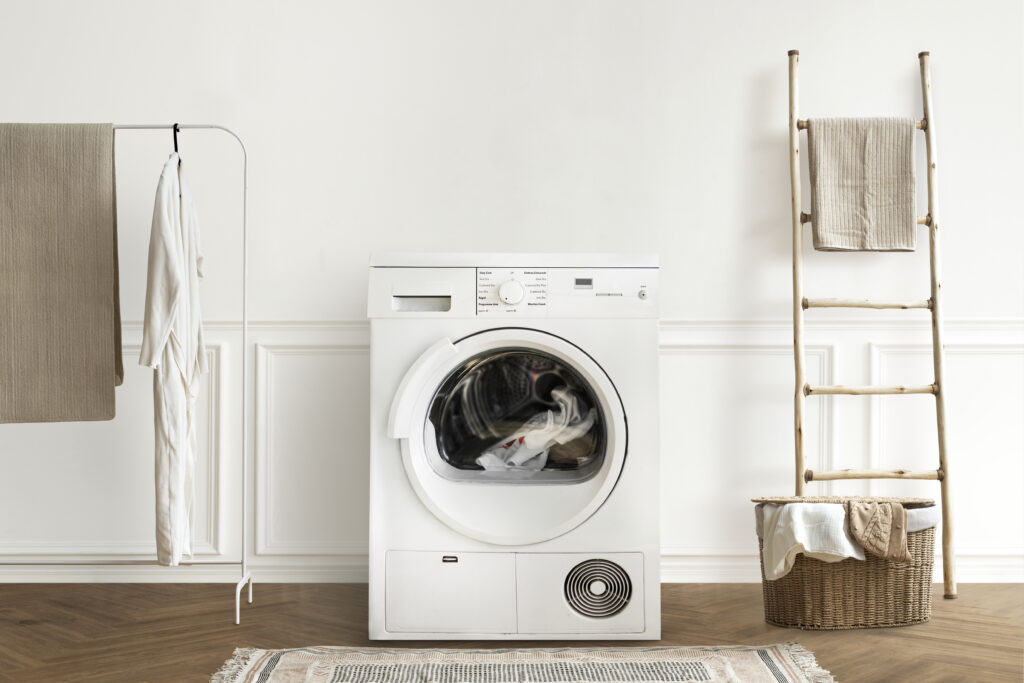
1.Look for a kinked or clogged drain hose.
How to proceed:
Move the washer away from the wall after unplugging it.
Check for clogs, bends, or kinks in the drain hose.
To remove obstructions, disconnect the hose from the washer and the drain pipe and use a garden hose to run water through it.
Make sure the hose is not kinked and is reattached in the proper position as specified in the user manual.
Advice: To avoid siphoning, the drain hose should be at least 36 inches (3 feet) above floor level and no more than 96 inches (8 feet) above floor level.
2.Clean the front-load washer’s drain pump filter.
How to proceed:
Unplug the washer and turn it off.
Find the drain pump filter access panel, which is often located at the machine’s front bottom.
To catch water, place a towel and a shallow tray underneath the filter.
Slowly unscrew the filter cap after opening the panel.
Clear out any objects stuck inside, lint, or debris.
After changing the filter, shut off the panel.
Advice: To avoid drainage issues, clean your drain pump filter every two to three months.
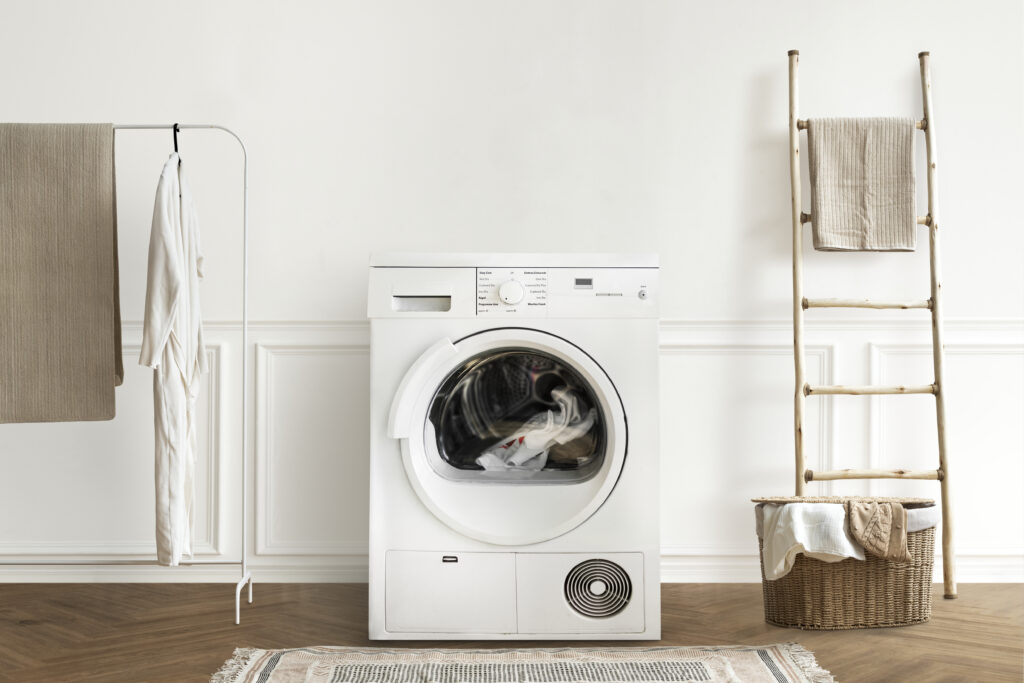
3.Check the Drain Pump
How to proceed:
Listen for the drain pump’s hum while running a drain/spin cycle.
It might be clogged or jammed if it hums but no water drains.
Check for debris by unplugging the washer and reaching the pump, which is often located beneath the washer tub.
Important: Before disassembling, consult your handbook to see if your washer has self-cleaning pumps.
4.Examine the door lock or lid switch.
Washers with top loads:
Firmly open and close the lid.
To test the switch, start a spin cycle and press it with a screwdriver while the lid is open.
The switch might need to be replaced if it doesn’t engage.
Front-loading washers:
Make sure the door shuts all the way.
Watch for the lock to click.
If the door lock assembly is broken, replace it.
5.Unclog a Clogged Drain Pipe or Standpipe
How to proceed:
Take out the standpipe’s washer drain hose.
To unclog a pipe, use a drain auger or plumbing snake.
To make sure the standpipe is clear, run hot water through it.
Put the drain hose back in.
6. Do a Master Reset.
How to proceed:
Take five to ten minutes to unplug the washer.
To check if the problem is fixed, plug it back in and perform a spin cycle or drain.
For model-specific instructions, consult your user manual. Some washing machines have a reset feature in the control panel.
When to Make a Professional Call
It’s time to contact a qualified appliance technician if none of these easy solutions resolve the issue. It is advised to have repairs done by professionals if:
It is necessary to replace the drain pump motor because it has failed.
There is a problem with the control board.
Sensors or internal wiring are malfunctioning.
During the drain cycle, the drum is not spinning.
How to Avoid Problems with Washing Machine Drainage
Use these maintenance suggestions to steer clear of future issues:
Every two to three months, clean the drain pump filter.
For tiny items like lingerie and baby socks, use a mesh laundry bag.
Don’t put too much strain on your washer.
Use as much high-efficiency detergent as is advised.
Examine and clean the standpipe and drain hose on a regular basis.
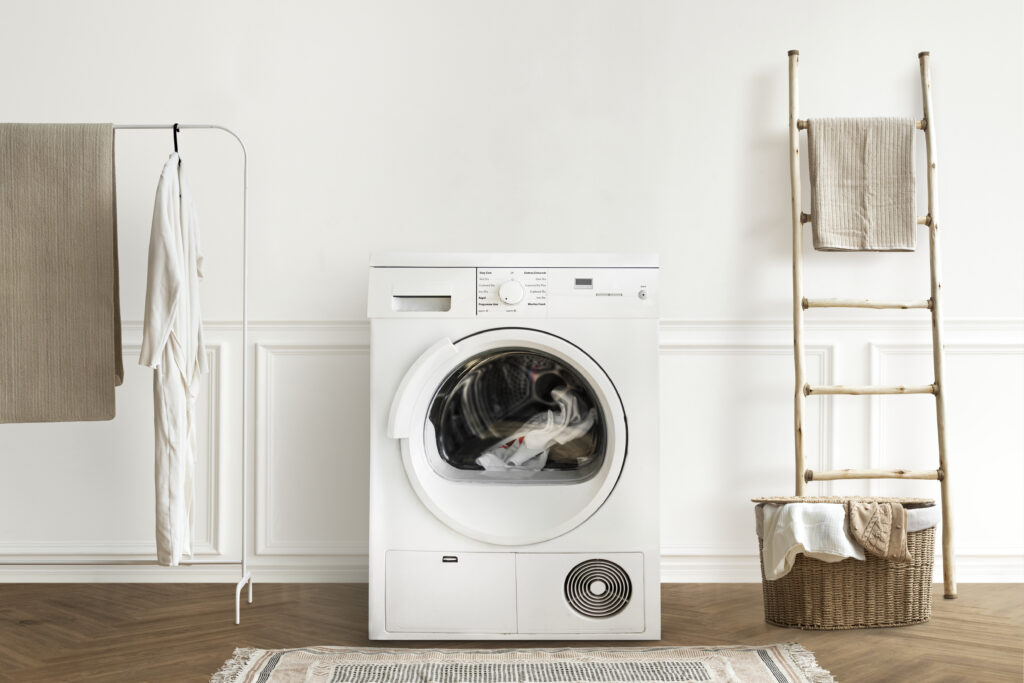
Conclusion: Most washer drain problems can be fixed on your own, so don’t worry!
A simple clog or kink in the hose or a dirty drain pump filter are frequently the causes of a frustrating issue with a washing machine that won’t drain. Use the troubleshooting techniques and quick fixes described in this guide before paying for a service call.
After attempting these fixes, if your machine still won’t drain, get in touch with a qualified technician for a comprehensive examination. Additionally, to keep your laundry room functioning properly, a little preventive maintenance goes a long way.
FAQs: Not Draining in the Washing Machine
How frequently should the drain pump filter on my washing machine be cleaned?
A: As advised by your washer’s user manual, clean it every two to three months.
Can drainage problems result from using too much detergent?
A: It’s true that using too much detergent can produce too many suds, which can obstruct proper draining and leave residue in pumps and hoses.
Is it necessary to raise the drain hose?
A: In order to avoid backflow and siphoning problems, the drain hose should normally be placed 36 to 96 inches above the floor.
Is using a plunger on a washing machine drain safe?
A: It is not advised. For cleaning washing machine drain pipes, a plumbing snake or auger is a safer and more efficient instrument.
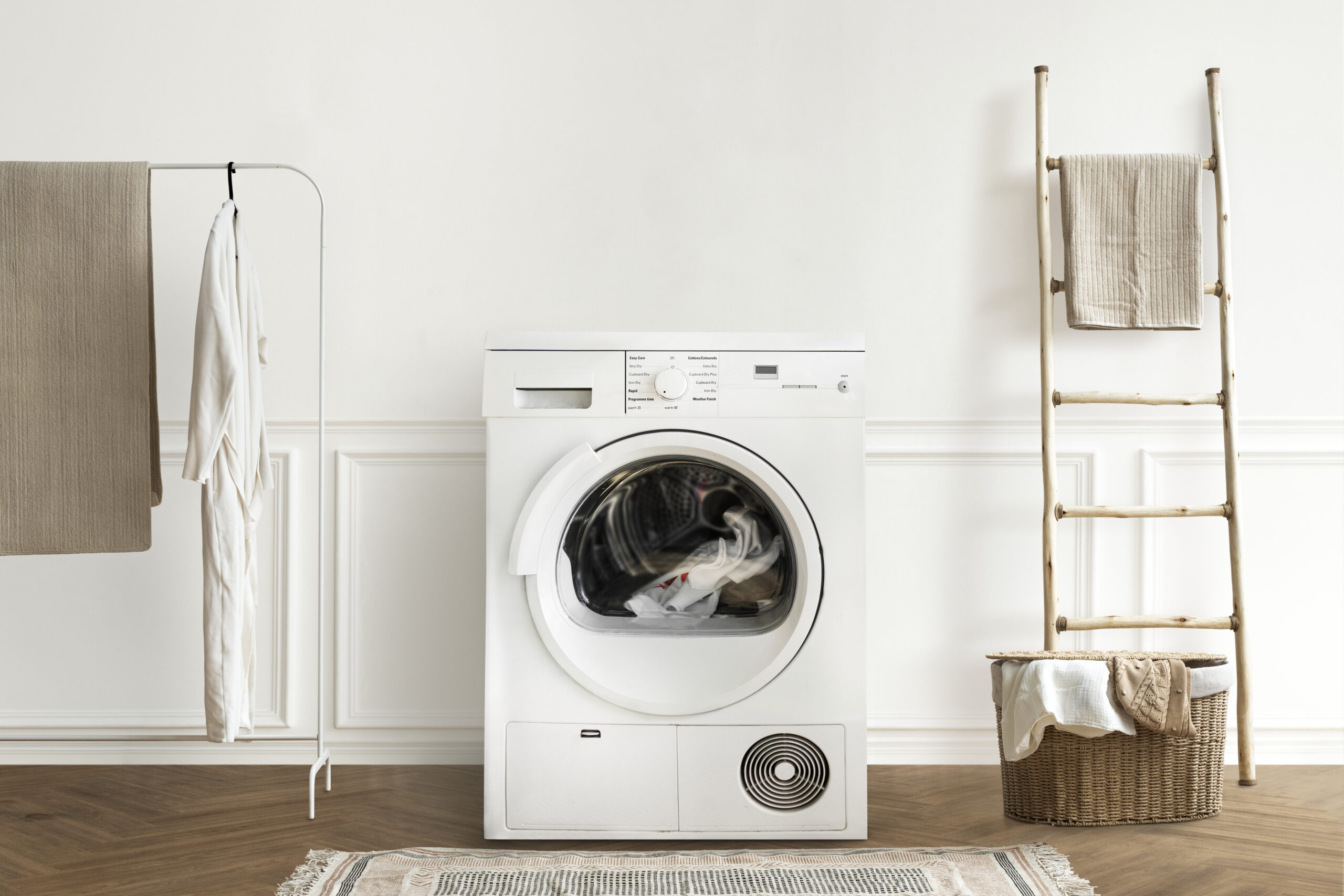
Leave a Reply